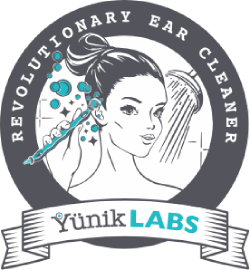OTHER EAR CLEANERS
OTHER EAR CLEANERS
All dangerous and ineffective in removing germs or grime, and none of them address visible outer ear skin.
All dangerous and ineffective in removing germs or grime, and none of them address visible outer earkin.
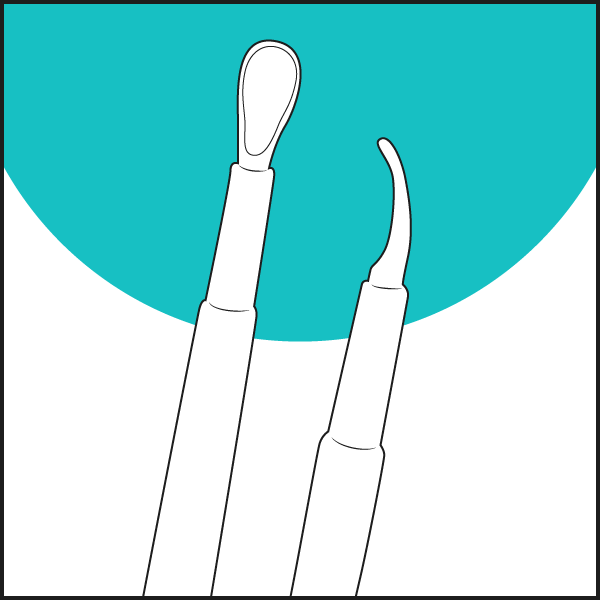
Metal and Plastic Pickers

These can scratch the delicate ear skin, increasing the risk of serious infections due to their inability to remove germs. Most picks don’t have our stoppers and can reach your eardrum and puncture it, causing immediate sharp pain and potentially leading to ringing in the ear or hearing loss. Additionally, they may inadvertently push earwax deeper into the canal, exacerbating the issue of impacted wax.
Spiral Wax Remover and Rubber Picks
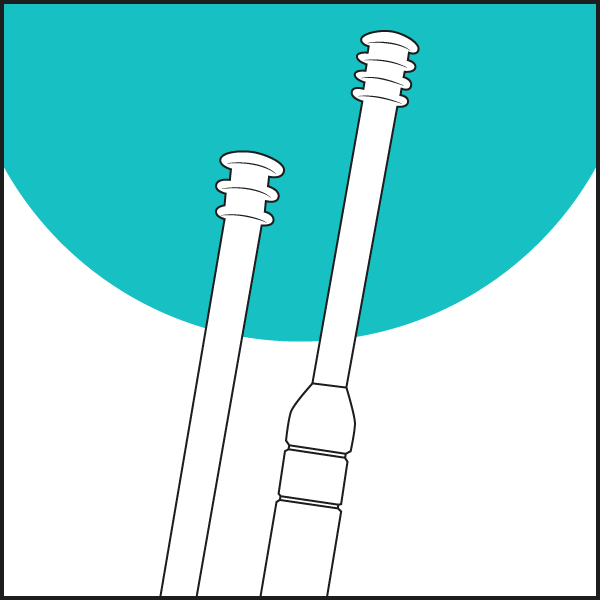
Rubber ear picks share similar ineffectiveness to metal picks due to their inability to remove earwax efficiently. Furthermore, they lack our solid stem core, making them excessively flexible and challenging to grip and control during use. The spiral design, while intended for wax removal, may also push earwax deeper into the canal, worsening the issue of impacted wax.

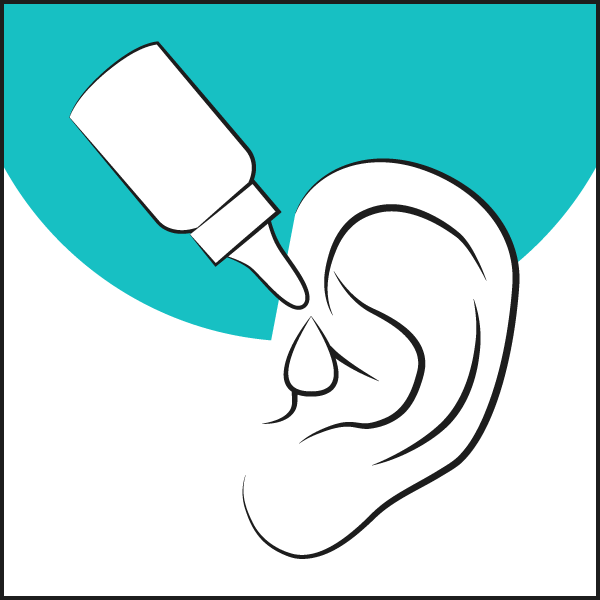
Peroxide Ear Drops

Hydrogen peroxide drops used in the ears may pose several potential risks. Peroxide is a very harsh chemical that irritates, damages, and dries the skin and eardrum, contributing to issues such as itching and flakiness. It leaves grime and debris behind and may push softened wax deeper into the ear canal, leading to more wax impaction.
Baking Soda Ear Irrigation Systems
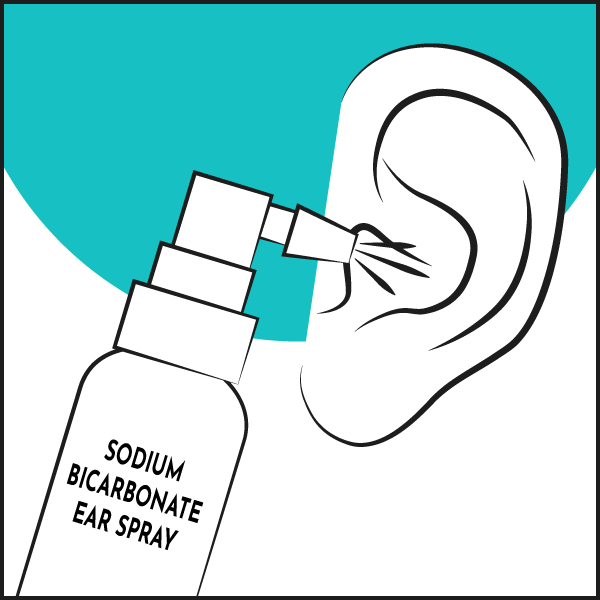
Baking soda, with a pH of 9, is a primary ingredient in ear irrigation systems. The ears naturally maintain a pH of around 4.5, as our Ear Shampoo does. This acidic environment serves as a crucial defense against pathogens such as germs, fungi, and skin mites. Introducing the ears to a more alkaline environment may disrupt the normal flora, creating a favorable setting for harmful bacteria while adversely affecting the activity of probiotics that protect the ears. This disruption could elevate the risk of recurring infections.


Ear Candling

Ear candling is a controversial and potentially dangerous practice with no scientific evidence to support its effectiveness. There are concerns about wax and ash falling into the ear canal, which can cause burns to the outer ears and hair, as well as pose a risk to the eardrum. Additionally, there is a risk of perforation and blockage of the ear canal, potentially leading to hearing loss and other serious complications.
Ear Vacuum Devices
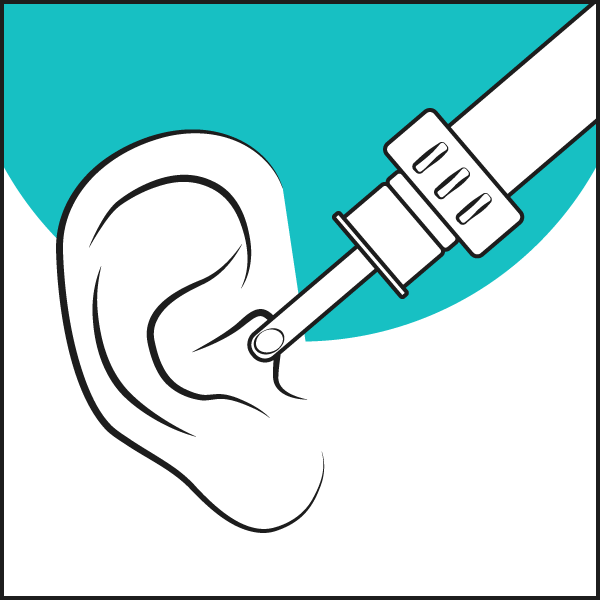
This method is ineffective and may not be suitable or advisable for people with chronic ear infections or other ear-related conditions. As a tube is being entered into the ear canal, there is a risk of wax impaction as well as damage or trauma to the canal and perforation of the eardrum. Additionally, if the device is not adequately cleaned or sterilized between uses, there is a risk of introducing harmful bacteria or other pathogens into the ear canal, increasing the likelihood of infection.

